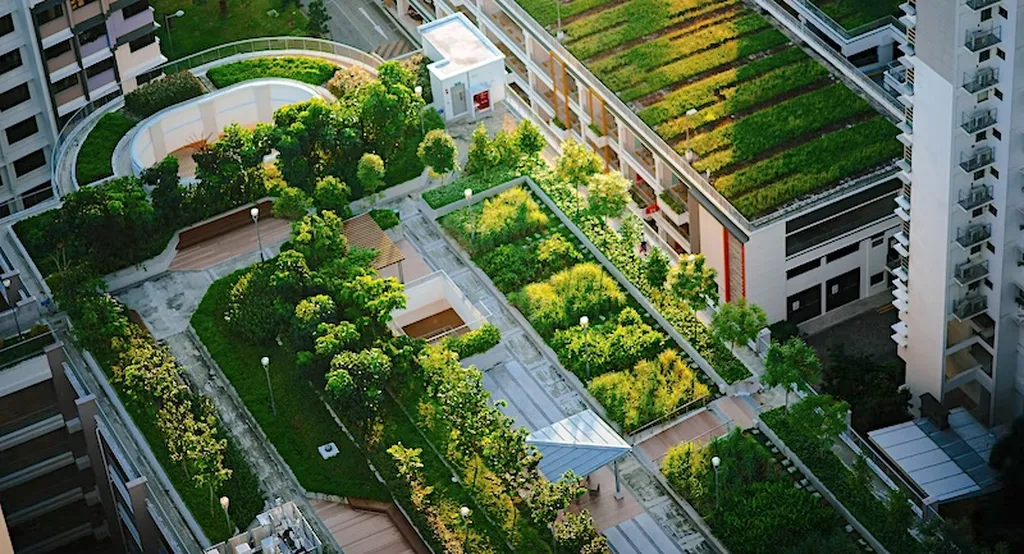In the heart of Vellore, India, a groundbreaking study led by R. Senthamizh from the Department of Agricultural Extension at the Vellore Institute of Technology is reshaping our understanding of urban agriculture (UA) and its pivotal role in sustainable food systems. Published in the esteemed journal *Frontiers in Sustainable Food Systems* (which translates to *Frontiers in Sustainable Food Systems* in English), this comprehensive review offers a global perspective on UA, highlighting its potential to address food insecurity, climate change, and urban sustainability.
Urban agriculture is not just a trend; it’s a burgeoning sector with significant commercial implications, particularly for the energy sector. As cities expand, the integration of agricultural practices within urban landscapes presents a unique opportunity to create more resilient and sustainable communities. Senthamizh’s research underscores the multifunctional roles of UA, from providing fresh produce to enhancing ecological services and social resilience.
“The integration of urban agriculture into city planning is not just about growing food; it’s about creating a more sustainable and resilient urban ecosystem,” Senthamizh explains. This sentiment is echoed in the study’s examination of technological innovations and governance frameworks that support UA. The research distinguishes between formal and informal UA practices, as well as low-tech and high-tech approaches, illustrating the diverse pathways through which urban agriculture can be implemented.
One of the most compelling aspects of this study is its focus on the Global South, including India. The findings reveal that UA can significantly contribute to the United Nations’ Sustainable Development Goals (SDGs), such as zero hunger, climate action, and sustainable cities and communities. However, the study also acknowledges the limitations of UA in producing staples and animal protein at scale, emphasizing its complementary role to rural agriculture.
The commercial impacts of urban agriculture on the energy sector are particularly noteworthy. As cities become more densely populated, the demand for energy-efficient and sustainable food production methods grows. Urban agriculture can reduce the carbon footprint associated with food transportation and storage, while also creating opportunities for renewable energy integration, such as solar-powered vertical farms.
Looking ahead, Senthamizh’s research identifies several unresolved debates and future research priorities. These include longitudinal studies on climate resilience and cost-benefit analyses of smart farming in low-income contexts. The study’s conceptual framework provides a valuable tool for policymakers, urban planners, and investors to navigate the complexities of urban agriculture and harness its potential for sustainable development.
As the world grapples with the challenges of urbanization, climate change, and food security, Senthamizh’s work offers a beacon of hope and a roadmap for action. By integrating urban agriculture into our cities, we can create more sustainable, resilient, and food-secure communities. The journey towards a greener, more sustainable future starts in our cities, and urban agriculture is leading the way.

